What’s Your Beef IQ?
The purpose of these videos is to help consumers learn the importance of the beef cattle industry, explore the production and growth cycle of cattle, and identify the health benefits of beef in a well-balanced diet.
Beef in the Diet
Three ounces of lean beef is packed with essential nutrients such as protein, iron, zinc and vitamin B-12. Beef can help you maintain a healthy weight, build muscle and fuel a healthy and active lifestyle.
Videos:
- Why do we eat beef?
- What’s in 3 ounces of cooked beef?
- What is beef’s contribution to the diet moderation and balance?
- Why is meat considered a high quality protein?
- What about the fat in meat compared to other foods?
- How important is food safety to the beef industry?
- What are the steps taken by each production system of the beef industry?
- What does the consumer do to keep food safe?
Beef and Health
In this section we explore how beef has evolved over the years. We also explore the types of fat found in beef and the healthfulness of beef.
Videos:
- Is today’s beef leaner?
- What kind of fat is found in beef?
- Overview of fatty acids
- What is the fatty acid profile difference for grass-fed vs. feed yard finished cattle?
- Are some types of beef healthier than others?
- What about ground beef? Is it healthy?
- Do most of our calories come from meat?
- Does meat cause cancer?
- Why is beef packaged differently?
- Why is there beef in many different places in the store?
Labels and Beef Production Methods
Cattle are raised in different ways. Family farms make up the majority of cattle producers in the United States. The labels on meat help consumers make purchasing choices at the store.
Videos:
- Who raises beef? Family farms or factory farms?
- What do the different labels on beef mean?
- What is the difference in labels? Natural, organic, locally raised …
- Why does grass-fed beef taste different?
- Why is the taste of beef finished on pasture different than beef finished in the feed yard?
- What does antibiotic free label mean?
- What are the consequences of removing technologies or going to strictly grass feeding cattle?
- Is beef gluten free?
Cattle Production
There are three types of beef cattle operations: Cow-calf, stocker and feedlot. Cattle production makes up a large part of the Texas and U.S. economy.
Videos:
- What is the contribution of cattle to the Texas and U.S. economies?
- Why are cattle raised in Texas?
- How does beef production change across Texas?
- What are the most common kinds of cattle used in Texas?
- What is so special about cattle – the amazing ruminant?
- What do cattle eat?
- What do you mean cattle are great recyclers?
- What do cattle eat over their lifetime?
- Why do we feed corn to cattle in the first place?
- What is a seedstock producer and a commercial producer?
- What is a seedstock producer?
- What is a commercial producer?
- What is the gestation period for cattle?
- How are cattle raised?
- How much of a calf’s life are they fed grass?
- What does a feedyard look like?
- What is the total time from birth to finished?
- Are cattle detrimental to wildlife?
Antibiotics and Residues
The use of antibiotics in cattle is regulated by the government to ensure no residue is left in the meat. Different programs and agencies help to ensure the safety of beef.
Videos:
- Why do you use antibiotics?
- What is the veterinarian’s role in the cattle industry?
- Do animal health products go through an approval process?
- Does BQA work to ensure the safety of animal products?
- What is the FDA’s role in animal health products?
- What is an ionophore? Are they used in human medicine?
- How does antibiotic resistance bacteria spread?
- What is epidemiology?
- What is the difference between medically important and non-medically important antibiotics?
- What is the Veterinarian Feed Directive?
Animal Welfare
Cattle producers are stewards of the earth and ensure the safety and comfort of their animals. The “Five Freedoms” are principles that guide the production of cattle.
Videos:
Beef, Environment, and Sustainability
To feed the world, beef producers take into account the impact to the environment and the sustainability of the industry.
Videos:
- Has beef become more sustainable in the last 30 years?
- How can the beef industry continue to improve?
- What about greenhouse gasses?
- What is the carbon footprint of cattle?
- How does the US beef industry stack up among beef producing nations in the world?
- How do they determine how much water is used for cattle?
- How much water do cattle use?
- What is the difference between nitrogen from manure and synthetic fertilizer?
- Where does nitrogen come from?
- All things are chemicals
- Violative, toxicity, and lethal
- What is genetic engineering and GMO technology?
- What happens to GMO feeds when fed to cattle?

